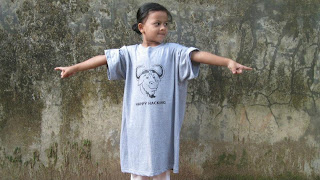Are you curious about Linux but feeling overwhelmed by all the terminology and options? Don't worry, we've got you covered! In this blog post, we'll take you on a beginner-friendly journey through the fascinating world of Linux, covering everything from the differences between the Open Source Community and the Free Software Community to the origins of Linux and its major distributions.
First things first, let's clear up the distinction between the Open Source Community and the Free Software Community. While both share a commitment to open collaboration and accessibility of software source code, they approach it from slightly different angles. The Free Software Community, championed by the Free Software Foundation, emphasizes the ethical and philosophical principles of software freedom. On the other hand, the Open Source Community, popularized by figures like Eric S. Raymond, focuses more on the practical benefits of collaborative development and peer review.
Speaking of Eric S. Raymond, he's the author of "The Cathedral and the Bazaar," an influential essay that explores the contrasting development models of proprietary software development (the "Cathedral" model) and open source software development (the "Bazaar" model). Raymond advocates for the merits of open source development, highlighting its collaborative and iterative nature as a powerful alternative to traditional closed-source development methods.
Now, let's talk about Linux. Linux is a Unix-like operating system kernel developed by Linus Torvalds in the early 1990s. It's the heart of many popular Linux distributions, which are essentially different flavors of Linux with their own set of features, goals, and communities. One of the ongoing debates within the Linux community is whether to refer to these distributions simply as "Linux" or "GNU/Linux," acknowledging the significant contributions of the GNU project to the operating system.
Another important kernel in the Unix-like operating system world is the BSD kernel, which originated from the Unix operating system developed at the University of California, Berkeley. While Linux and BSD share similarities, they represent different approaches and philosophies regarding software development, licensing, and freedom.
Finally, we covered some of the major GNU/Linux distributions, also known as "parent" distributions, including Debian, Ubuntu, Fedora, openSUSE, CentOS, Arch Linux, Gentoo, Slackware, Mageia, and Elementary OS. Each distribution has its own unique characteristics, goals, and target audience, offering something for everyone in the vast and diverse world of Linux.
So whether you're interested in the ethical principles of software freedom, the practical benefits of open collaboration, or simply exploring different Linux distributions, there's a wealth of information and opportunities waiting for you in the Linux community. Dive in, explore, and discover the power of open-source software!















